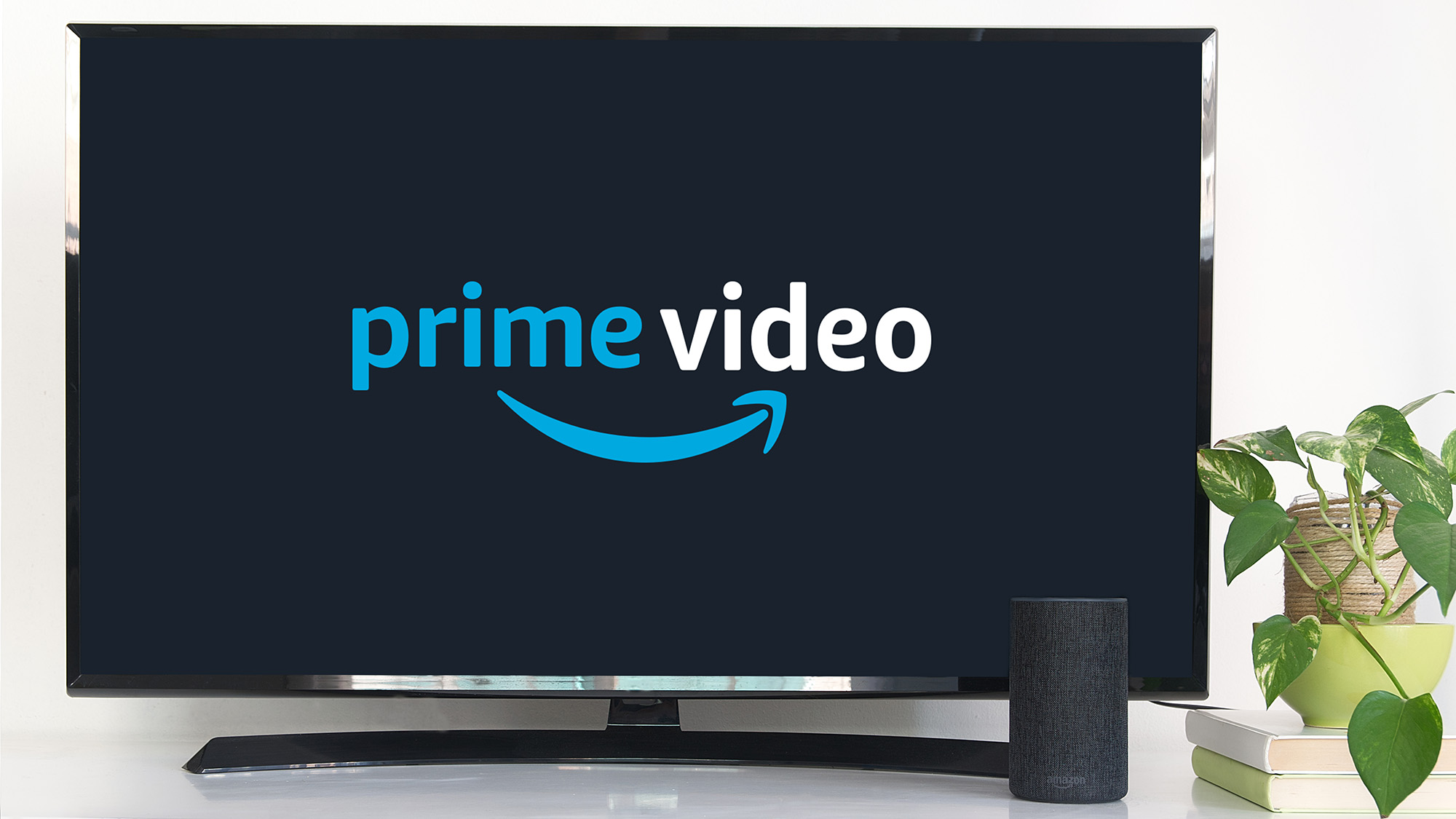Wellness
Explore Wellness
Latest about Wellness

CES 2026 Preview: What to expect
By Tom's Guide Staff published
The Tom's Guide team will be at CES 2026 covering all the latest in tech; ahead of the show, these are the biggest trends and gadgets we expect to see.

I review hiking boots for a living — and this is what I look for when buying a new pair
By Ashley Thieme published
These are the things to look for when you buy new walking shoes to minimize pain on long hikes.

Need a factory reset after the holidays — this spicy dumbbell upper-body and core workout is all you need
By Jessica Downey published
This quick, four-move dumbbell workout targets your upper body and core. It's perfect for a mid-holiday energy boost.

I tried 'zombie squats' in my strength workouts for one week — here's how it torches your quads and core and boosts posture
By Lucy Miller published
The zombie squat is a bodyweight exercise that strengthens your quads and tests posture. Here's how to do it and the benefits.

Forget the gym — this 25-minute 'Jeffing' workout builds your strength and boosts your metabolism
By Sam Hopes last updated
This Jeffing-inspired functional workout builds a strong body and boosts cardiovascular fitness by combining bodyweight exercises with running and walking.

Experts are urging people to get more sleep this winter — here's why
By Becky George published
Now is the time to catch-up on your sleep, and it's fully approved by doctors.

No more pinched toes — I tried these hiking shoes and now I won't wear anything else
By Erin Bashford published
I reviewed the Keen Jasper Zionic, and now every pair of shoes has been ruined for me thanks to this one game-changing design feature.

I wore an Oura Ring for an entire year — here’s why I’m never going back to a smartwatch
By Ashley Thieme published
After using my Oura Ring for a whole year, I know it’s been one of my best purchases, and here’s why.
Here at Tom’s Guide our expert editors are committed to bringing you the best news, reviews and guides to help you stay informed and ahead of the curve!


